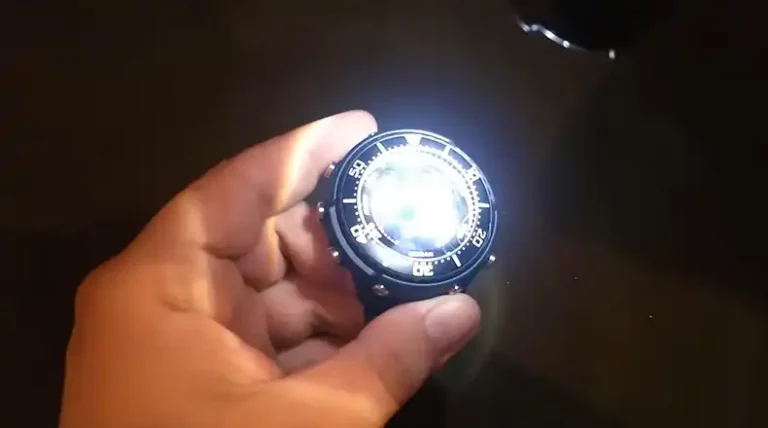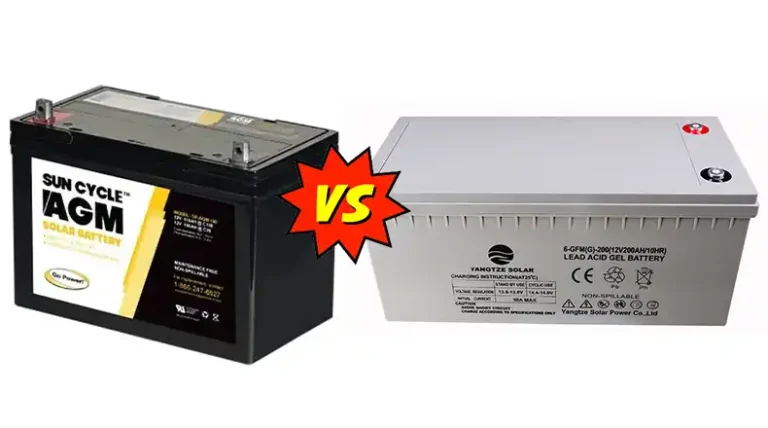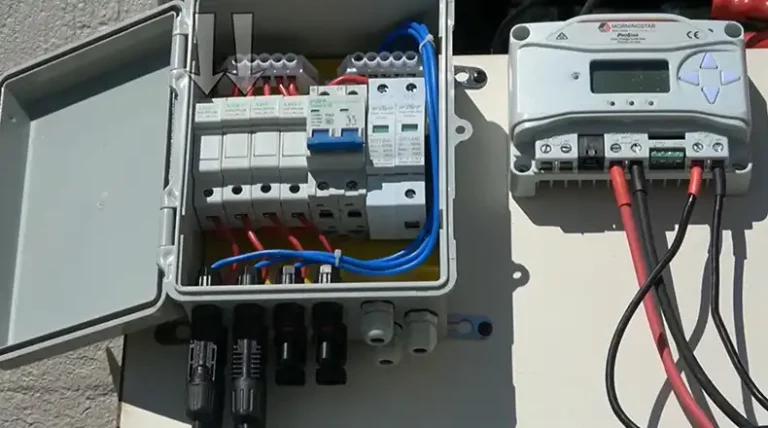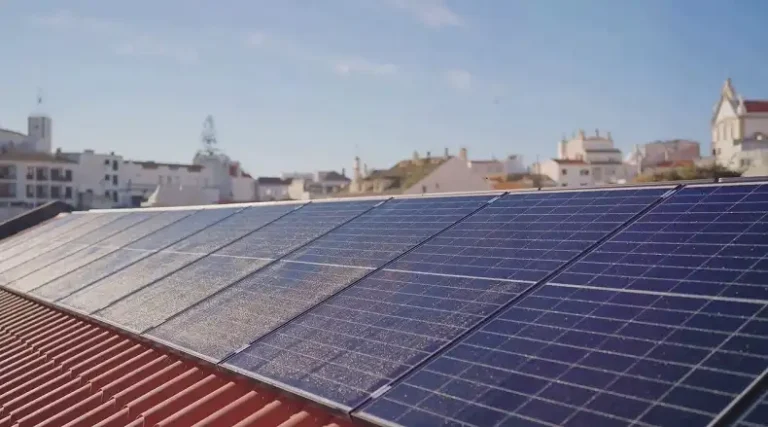Is Light Energy and Solar Energy the Same?
You’re probably wondering if light energy and solar energy are the same thing, right? Well, to put it simply – nope, they’re not quite the same, though they are closely connected. Light energy is just the portion of rays that our eyes can actually see. But solar energy includes visible light plus other invisible rays like ultraviolet and infrared that all come from the sun.
In today’s article, I will try to clear all of your confusion regarding light energy and solar energy. So, be with me till the end and get everything clear!
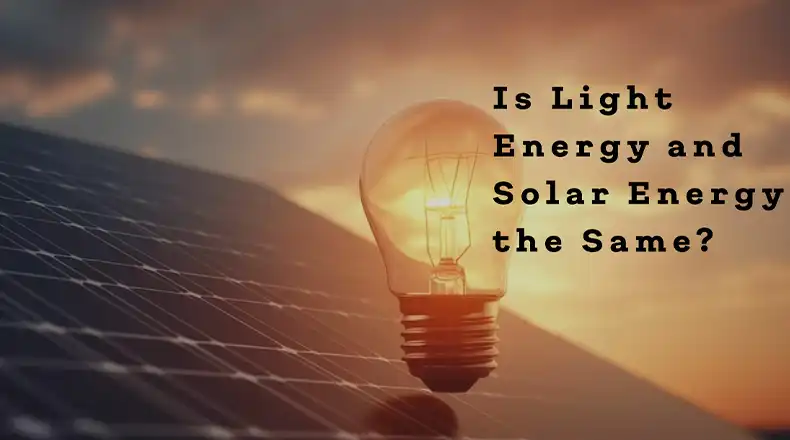
Overview of Light Energy and Solar Energy
Light energy refers to the visible portion of the electromagnetic spectrum that our eyes can detect. It enables vision and illumination vital for daily activities. Light comes from natural sources like the sun as well as artificial ones like bulbs and LEDs.
Solar energy is the radiant energy originating from the sun itself due to nuclear fusion reactions in its core. It encompasses the entire electromagnetic spectrum including visible light, ultraviolet, and infrared rays. Solar is a renewable source used for electricity generation through photovoltaic panels, heating applications like solar water heaters, and powering various natural processes sustaining life on Earth. Both light and solar energy are intrinsically linked, with visible light being a key component of the sun’s radiant energy reaching our planet.
Differences Between Light and Solar Energy
While light energy and solar energy are closely related concepts, there are some distinct differences between the two that are important to understand. These differences primarily stem from the specific wavelengths they encompass and their respective sources.
Spectrum
To understand the difference between light energy and solar energy, we need to talk about the electromagnetic spectrum. This spectrum is a range of all the possible wavelengths of electromagnetic radiation, from the shortest (gamma rays and X-rays) to the longest (radio waves).
The visible light spectrum, which our eyes can perceive, is a tiny sliver of this vast electromagnetic spectrum. It includes the colors of the rainbow: red, orange, yellow, green, blue, indigo, and violet. This range of wavelengths is what we refer to as light energy.
Solar energy, however, encompasses the entire electromagnetic spectrum emitted by the sun. In addition to visible light, it includes ultraviolet (UV) rays with shorter wavelengths and infrared (IR) rays with longer wavelengths. These invisible forms of radiation play crucial roles in various processes on Earth, such as causing sunburns (UV) and facilitating heat transfer (IR).
Source
Another key difference between light energy and solar energy lies in their sources. Light energy can come from various sources, both natural and artificial. Natural sources include the sun, fire, and certain chemical reactions, while artificial sources are things like light bulbs, LEDs, and lasers.
Solar energy, however, is specifically the radiant energy that originates from the sun itself. This energy is produced through nuclear fusion reactions happening deep within the sun’s core, where hydrogen atoms fuse together to form helium, releasing vast amounts of energy in the process.
Applications
While light energy is primarily used for vision and illumination purposes, solar energy has a much broader range of applications. One of the most well-known uses of solar energy is the generation of electricity through solar photovoltaic (PV) panels. These panels are designed to capture the entire spectrum of solar radiation, including visible light, UV, and IR, and convert it into electrical energy.
Solar energy is also extensively used for heating purposes, such as in solar water heaters, which use solar collectors to absorb the sun’s thermal energy and transfer it to water for residential or commercial use.
Other applications of solar energy include solar cooling systems, solar desalination (removing salt from seawater), and even space exploration, where solar panels power various spacecraft and satellites.
Summary
| Aspect | Light Energy | Solar Energy |
| Definition | A tiny sliver of the electromagnetic spectrum visible to the human eye. | Electromagnetic radiation emitted by the sun, including visible light, UV, and IR. |
| Spectrum Composition | Consists of the colors of the rainbow (ROYGBIV). | Encompasses entire electromagnetic spectrum emitted by the sun. |
| Source | Can come from natural (e.g., sun, fire) and artificial (e.g., light bulbs) sources. | Specifically originates from the sun through nuclear fusion reactions. |
| Applications | Mainly used for vision and illumination purposes. | Widely used for electricity generation, heating (e.g., solar water heaters), cooling, desalination, and space exploration. |
| Notable Use | Vision, illumination | Electricity generation, heating, cooling, desalination, space exploration |
| Examples | Light bulbs, LEDs, natural sunlight | Solar panels, solar water heaters, solar cooling systems |
Can Light Energy be Used for Charging Solar Panels?
Now, you might be wondering if light energy alone can be used to charge solar panels. The answer is yes, but with some caveats.
Solar panels are designed to capture and convert the entire spectrum of solar radiation into electrical energy. While visible light is a part of this spectrum, it is not the only component that contributes to the overall efficiency of solar panels.
If you were to use an artificial light source, such as a regular light bulb or an LED light, to charge solar panels, the efficiency would be significantly lower compared to direct sunlight. This is because most artificial light sources emit a narrower range of wavelengths, primarily within the visible light spectrum, and lack the UV and IR components that solar panels are optimized to capture.
However, in certain situations, using artificial light sources to charge solar panels can still be a viable option, albeit with lower efficiency. For example, if you need to charge a small solar-powered device or top up a solar battery in low-light conditions, using an artificial light source could be a temporary solution.
It’s important to note that there are specialized solar panels designed specifically for indoor or low-light applications. These panels are optimized to capture a narrower range of wavelengths, primarily within the visible light spectrum, and may perform better when exposed to artificial light sources compared to traditional solar panels designed for outdoor use.
To wrap things up
While light and solar energy do overlap, they aren’t 100% the same. Light is just what we can see with our eyes, whereas solar is the full range of radiation beaming from the sun. That extra intensity from UV and infrared rays makes solar so versatile for things like electricity generation and heating.
Still have questions? Feel free to drop them in the comments below! I’m always happy to clarify this concept further. Thanks for reading and hope this helped demystify light vs. solar energy for you.

